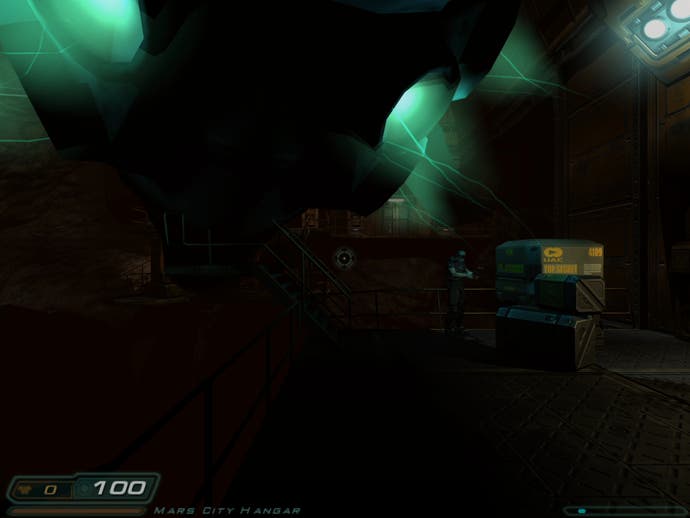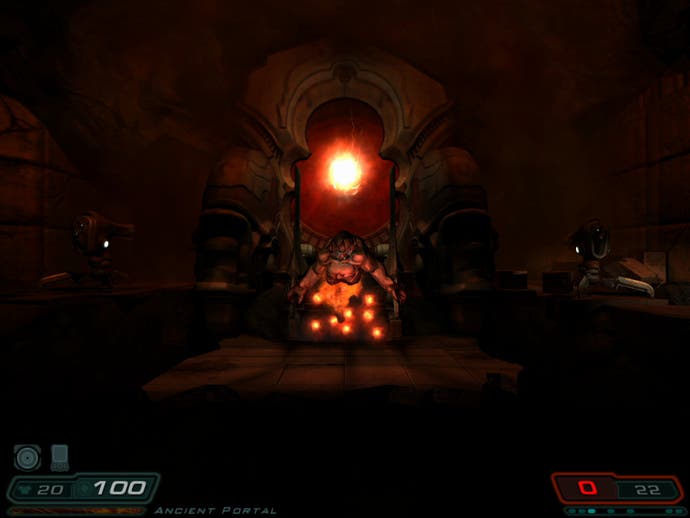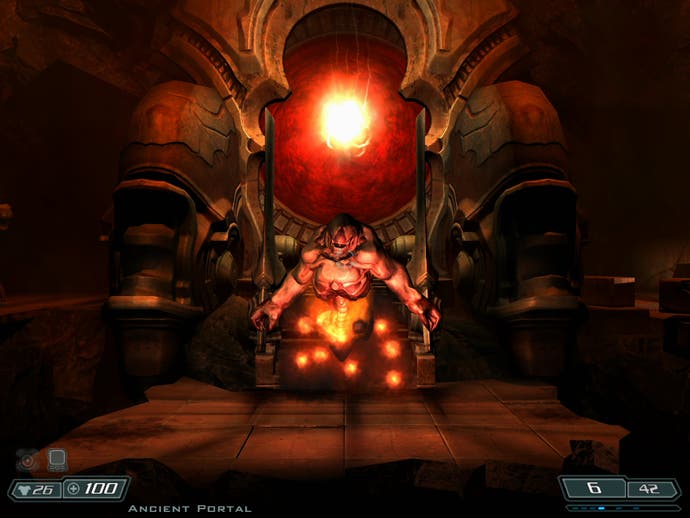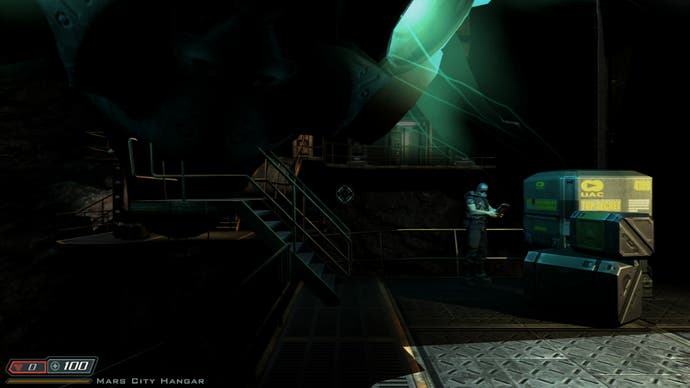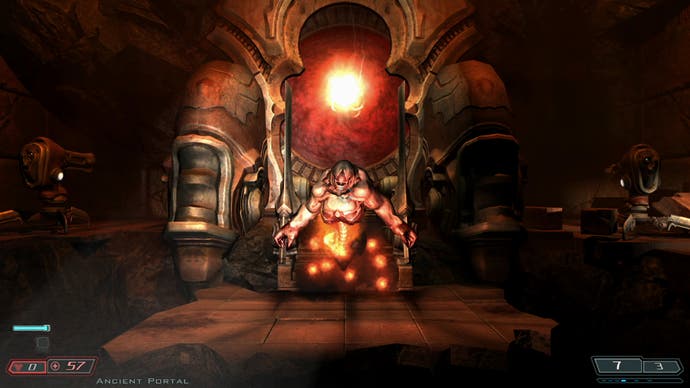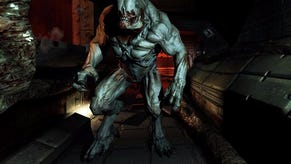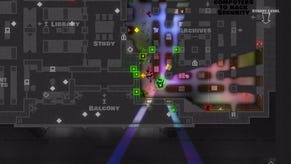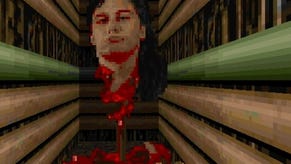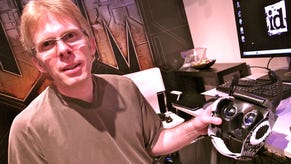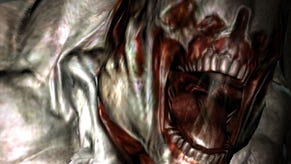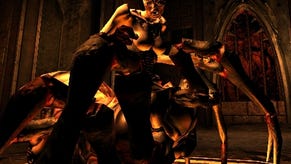What's new for PC in Doom 3: BFG Edition?
A computer conversion of a console remaster of the PC original?
No advanced graphics settings, no field-of-view adjustments, no out of the box support for mods - on first loading up Doom 3: BFG Edition, it's difficult to avoid the impression that id Software has turned its back on the PC fanbase that supported it for so many years. Some might even describe the new release as a downgrade in many respects compared to the 2004 code - a port from current-gen console remixed from the PC original. But it would be churlish to ignore some of the improvements and refinements made to the overall package.
We decided to put the original game and the new BFG Edition head to head to get a better idea of the changes id Software has wrought. The most immediately impactful differences are all about adjusting Doom 3 to better suit 16:9 HDTVs, and most dramatic of all is an enormous shift in the field of view. Run the BFG Edition in a 4:3 or 5:4 resolution and the worldview is much narrower than it is in the original game, to the extent that, when placed side by side with the 2004 release, the overall impression is that you're running about with the zoom button engaged. During gameplay, the original simply feels less confined and easier to play.
Switch to a 16:9 resolution and you get the sense that the field of view is much improved, but, as the shots at the foot of the page demonstrate, it's still significantly narrower. Coming from a console background, you may not appreciate the importance of being able to adjust this element - it's typically locked on Xbox 360 and PlayStation 3 titles - but the head-to-head video and the comparison screenshots on this page demonstrate what a fundamental difference it makes, especially in PC gaming where many different aspect ratios need to be taken into account.
Next up, id has significantly cranked up the brightness - something we suspect was implemented to better suit living room conditions. Bolder, brighter, more colourful; some might say that the atmosphere of the original game has been compromised to better appeal to the console audience, but having played both back to back, there's definitely a sense that the older version was simply too dark in places. On the flipside, more care could have been put into the revised lighting: in some scenes, detail appears to disappear into white crush, bleached out by the cranked up illumination.
"id Software has introduced dramatic changes to Doom 3 in this new BFG Edition, seemingly designed to make the game more comfortable to play on an HDTV - but where does this leave PC gamers?"
Elsewhere there are clear signs of improvement over the original game - revisions, perhaps better described as embellishments to the artwork, are clearly present that improve the look of the game's cast of characters in particular. We're not looking at a wholesale remastering of the game's visuals though. While they are more detail-rich, textures still appear to be optimised for a 480p-level presentation, but cut-scene close-ups stand up better to scrutiny, while revised skin shaders offer more depth and texture to the low-poly characters.
On the plus side, there's also the inclusion of what ranks as one of the best implementations of motion blur we've seen. Cranked up to the maximum 32x sampling, it works beautifully in concert with the 60 frames-per-second update. It's something that the comparison movie only fleetingly demonstrates, but in action it's superb, especially effective in smoothing out the micro-judder from the tiniest of mouse movements. We suspect that its inclusion is also instrumental in making the Oculus Rift VR headset support work well, although if ultra-smooth movement is your bag then going for the 120Hz mode is better still. Stereoscopic 3D also gets official support.
There are changes and enhancements to content as well. We've only spent a little time so far with the Lost Mission, but the impression we get is of an enjoyable distillation of the Doom 3 formula, concentrating on the strengths of the gunplay with fewer of the cheaper annoyances found in the original game. Indeed, sometimes there's an almost Rage-like feel to the way the game plays.
A fundamental revision to all three campaigns contained in the game, of course, is the implementation of the flashlight. In the original game you had to swap between the main view weapon and the flashlight, and couldn't hold both at once, leaving the player highly vulnerable. Now the torch is now firmly affixed to the player's shoulder and accessible at will. Weirdly though, it doesn't seem to cast shadows.
"id has buried many of the options PC enthusiasts care about, concentrating on delivering a fairly basic conversion of its console remaster with stereo 3D, motion blur and VR upgrades."

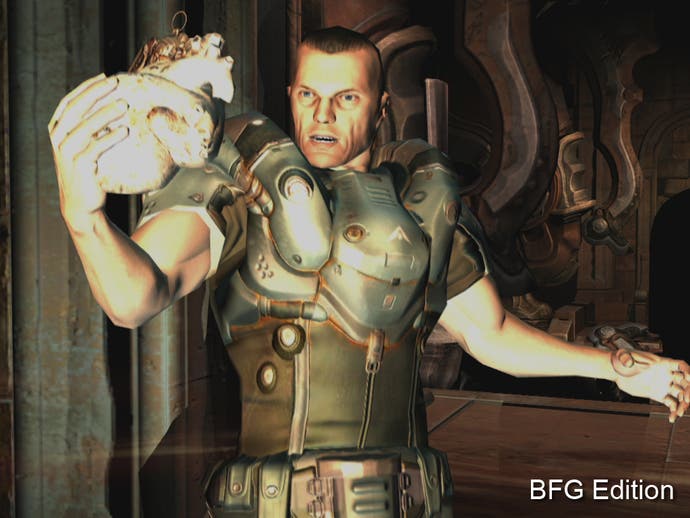
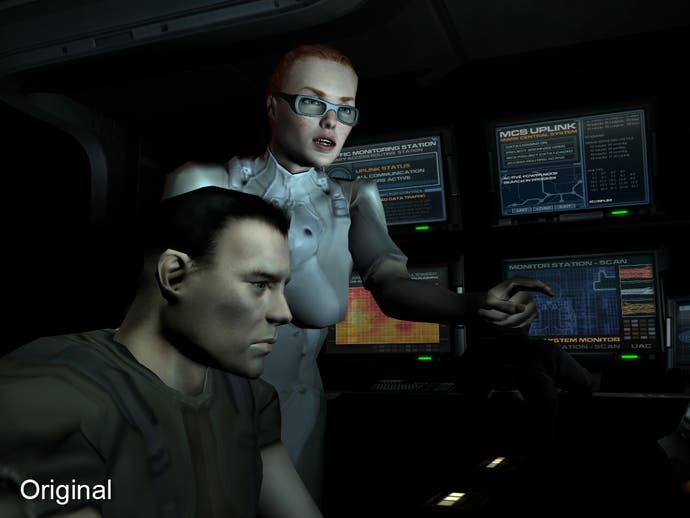

While id has pared back graphics options extensively, the good news is that the drop-down console is still there (enabled with a launch switch) and the autoexec.cfg file can be modded to restore the original lighting, change the field of view and tweak the position of the view weapon, amongst a host of other commands. The only bad news here is that the game's Achievements seem to be inaccessible to those who access the console even for the most innocent of reasons.
Overall, even factoring in the less pleasant aspects of the original game design, we still had fun with Doom 3: BFG Edition on all three SKUs, and with Amazon offering the PC version (which, in common with the others, includes Doom and Doom 2 as well) for just £14, that makes it cheaper than buying the original Doom 3 and expansion pack on Steam, and £11 cheaper than either of the two console versions. There's clearly some value here, but considering the studio's roots it is troubling that - aside from support for Carmack's VR pet project - there's so little love for the PC. In addition to that, there are a number of bugs and issues that have made their way into the launch code - surprising, after the Rage debacle - but thankfully the community appears to have cleaned most of them up.
That's somewhat ironic, because enthusiasts are not well served by this release at all, made to dig deep even for some essential functionality, while the introduction of idTech 5 elements into the game appears to have completely killed off mod support by adopting a new file format system incompatible with the older engine.
This opens up another debate entirely - whether mods for the existing game actually offer a better experience than the new BFG release. Load up the existing Sikkmod or Doom 3 Perfected in the original game, and many of the enhancements such as widescreen support are already included, along with support for higher levels of anti-aliasing and anisotropic filtering than you'll find in the BFG Edition. There's even the inclusion of community-generated higher-resolution artwork, which is inevitably going to be compared to id's efforts. In a brand new official product that celebrates the heritage of the franchise, it's a shame that the work done by the community in enhancing Doom 3 is forgotten and, worse still, that modders are apparently locked out of the revised game. [Update: Carmack tweets that BFG - minus third party components - will be open sourced]
With all the said, if instead the BFG Edition concentrates on refining the original game for today's console audience, to what extent has it succeeded? We'll be getting around to that in a triple-format Digital Foundry Face-Off, landing tomorrow...
"In a brand new official product that celebrates the heritage of the franchise, it's a shame that the work done by the community in enhancing Doom 3 is forgotten and, worse still, that modders are apparently locked out of the revised game."
